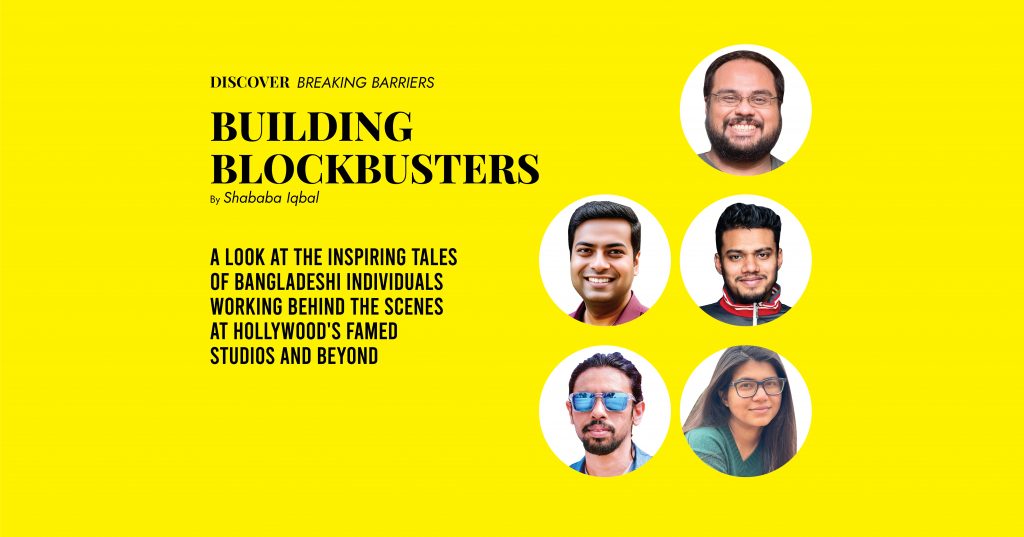
The glitz and glamour of cinema often overshadow the significant contributions of behind the scenes talents, including those hailing from the vibrant cultural landscape of Bangladesh. As the global entertainment industry continues to evolve, the influence of Bangladeshi professionals on the creative and technical aspects of filmmaking has become increasingly palpable. From cinematographers to screenwriters, editors, and visual effects (VFX) artists, the international impact of these Bangladeshi visionaries beckons attention.
Wahid Ibn Reza
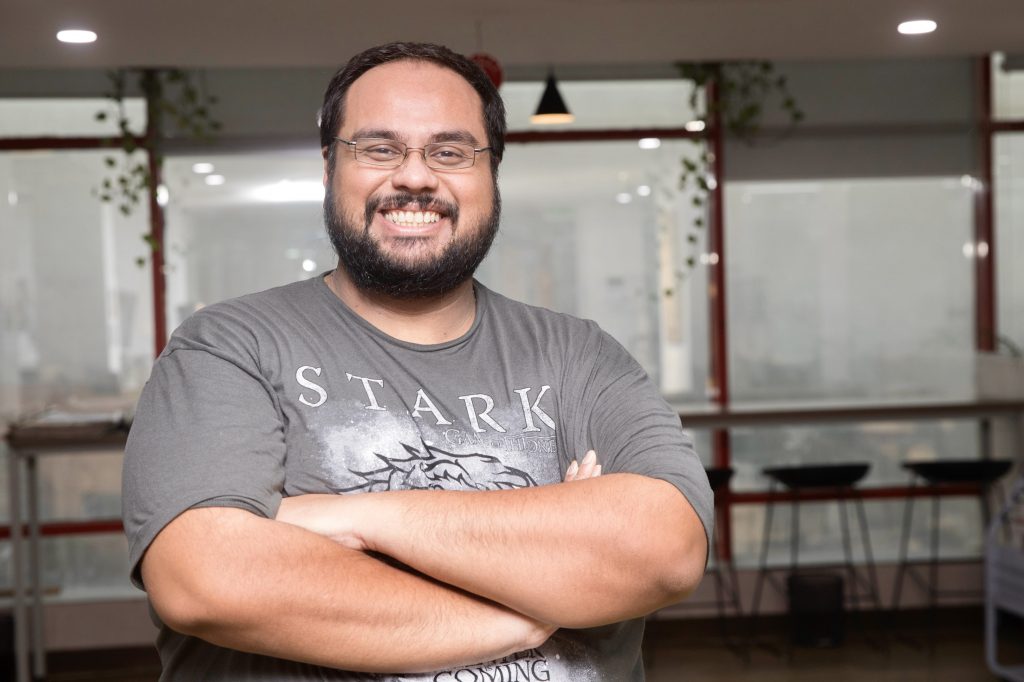
Wahid Ibn Reza has a BSc in Mechanical Engineering from BUET and BFA in Film Production from The University of British Columbia, Canada. After his graduation, he started working in the VFX and animation industry. He has worked with the VFX teams of some of Hollywood’s biggest productions, including Batman v Superman: Dawn of Justice (2016), Captain America: Civil War (2016), Doctor Strange (2016), Guardians of the Galaxy Vol. 2 (2017), Furious 7 (2015), Fifty Shades of Grey (2015), Night at the Museum: Secret of the Tomb (2014), Game of Thrones (2011-2019), Angry Birds 2 (2019), Rick and Morty (2013), and Spider-Man: No Way Home (2021). In 2017, Doctor Strange was nominated for the Academy Awards for Best VFX, which made him a part of an Oscar-nominated team.
“My mother was a very cool girl. She was a big fan of Star Trek. She loved science fiction and superheroes. So, I was introduced to them at a very early stage,” shares Reza. “She made me a Batman costume when I was five. I knew who Captain America was before I understood the concept of America as a country. I was exposed to books and comics in such an immersive way that storytelling was an integral part of my life.”
According to Reza, both live-action VFX and animation push artists to their limits, but in distinct ways.
“Live-action VFX involves tight production schedules and quick turnarounds, resembling a sprint where artists must deliver results rapidly to meet deadlines. It requires on-the-fly adjustments to match evolving filming conditions, demanding agility and quick problem-solving skills,” he elaborates. “In contrast, animation projects typically unfold over extended periods, demanding a more sustained effort, akin to pacing oneself in a marathon.”
Reza further highlights a significant downside to working on major superhero films: “Getting spoilers was disheartening for me as a proud comic book fan. I was told the entire plots of Avengers: Infinity War (2018) and Avengers: Endgame (2019), films I had been eagerly anticipating. Having said that, despite working with footage revealing three Spider-Man actors in Spider-Man: No Way Home, the theatrical experience of that movie gave me chills.”
On the other hand, writing, Reza believes, has always been on the cards for him. He has written for the animated preschool series, Leo The Wildlife Ranger (2015), and the sci-fi animated series, The Adventures of Mansour: Age of A.I. (2023), produced in English and Arabic for 6 to 12-year olds. Notably, he is the writer and director of The Last Glacier, an animated short film currently in production with the esteemed National Film Board of Canada. Also in production is Surviving 71, a 2D animated short film about the 1971 Liberation War of Bangladesh. It is written and directed by Reza, a member of the Directors and Writers Guild of Canada.
In declaring Bangladesh’s film industry as very short-sighted, he highlights the lack of vision, professionalism, and avenues for skill development. “Yet, amidst these challenges, I commend Nuhash Humayun for the global success of his film, Moshari, and the OTT platform, Chorki, for presenting exciting possibilities,” Reza shares.“Their triumphs underscore the potential for Bangladeshi cinema to soar, urging an embrace of ambition, professionalism, and the nurturing of homegrown talent.”
Mehzeb Chowdhury
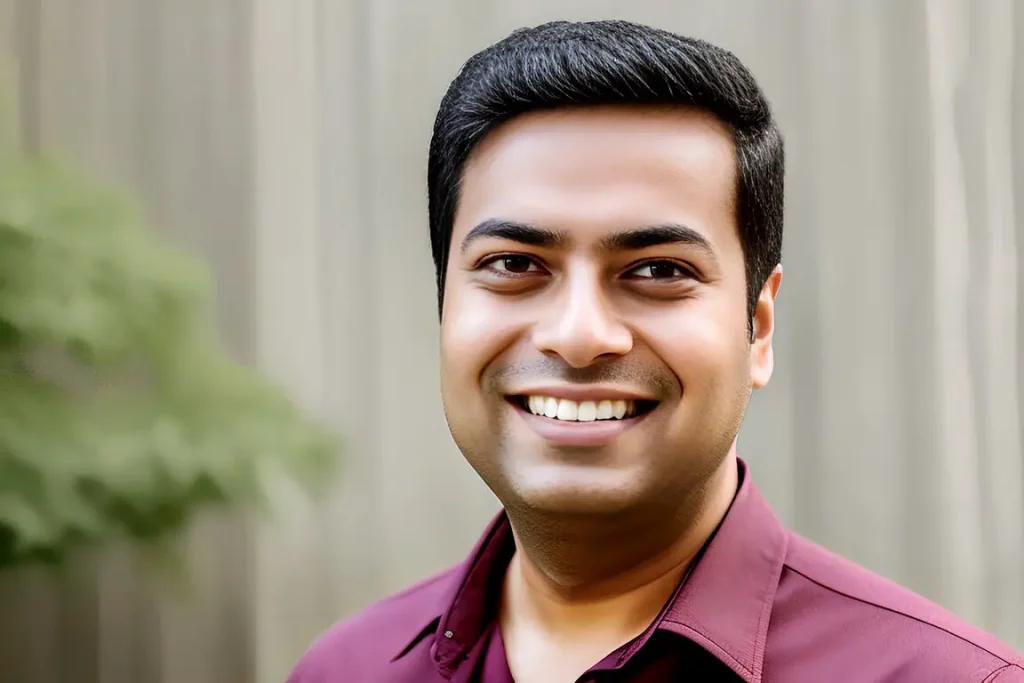
Mehzeb Chowdhury is an inventor, instructor, a criminologist, and criminal law barrister. Currently an Assistant Professor of Policing at Northumbria University, his invention of the MABMAT, a Mars rover-like autonomous robot that aids in crime scene analysis, was developed in 2016 and has been recognised around the world for modernising the field of forensic science. Despite not having any engineering experience, he was inspired by the Mars Curiosity rover, which he saw on the NASA channel, and was struck by the idea that a similar device could be used in crime scenes. He received a letter from NASA, congratulating him for building MABMAT, and has exhibited the rover at the National Media Museum in Bradford and the National Science and Technology Museum in Manchester.
But there is another side to him. As a cinematographer, screenwriter, and colourist, Chowdhury’s award-winning films have been screened at over a hundred international festivals to date. He has been a member of the British Academy of Film and Television Arts (BAFTA) Crew and Connect programmes since 2018.
His foray into filmmaking began during his PhD in Forensic Science and Criminal Investigations at Durham University, where he was a part of the vibrant students’ film society. “In 2017, I worked as a cinematographer on a feature film titled Redemption, directed by Edward Collier, followed by a string of short films. The BAFTA Crew programme gave me the opportunity to be mentored by Linus Sandgren, who is the cinematographer for such films as La La Land (2016), First Man (2018), and No Time to Die (2021),” shares Chowdhury. “Around the same time as Redemption, I also collaborated on several short films with British-Sri Lankan director Prasanna Sellathurai. Our first film, Falling (2018), was shown on Sundance Collab and Sundance TV along with festivals across the globe. In 2021, I wrote the short film, Remind Me Yesterday (2021), directed by Aleksandra Czenczek, which won Best Sci-Fi Film at the Berlin Flash Film Festival and also secured second spot at the Raindance Film Festival. Another film with Sellathurai, Missed Call (2021), won first place at the Quantum Shorts Film Festival just last year.” Two other projects, Incant and Selvedge, are currently in the works, Chowdhury informs. His debut feature film as a co-producer, Last Flamingo of the Red Summer Sunset, a homage to classic Western movies, premiered on 2nd February 2024 at the Prince Charles Cinema in London.
When he was pursuing his PhD, Chowdhury also formed the rock band Megalithic with his Irish friend, Alex McDonell, where he showcased his skills as a songwriter and guitarist. Their first album, The Unnamed, was a mixture of genres from indie rock to pop and metal, and they were featured in publications around the world, including Emerging Indie Bands, A&R Factory, and the esteemed Heavy Metal Magazine in France.
Chowdhury, along with two of his fellow BAFTA Crew members, Haresh Patel and Shawn Basheer, is the Founding Director of South Asian Film Television and Arts Collective (SAFTAC), a charitable organisation that supports South Asian talent across vocations, ensuring equality, diversity, and representation in the film, television, and arts industries of the United Kingdom and beyond.
His personal experiences with racial stereotyping at auditions for acting roles fueled his passion for South Asian representation. “We deserve to see ourselves reflected authentically on screen, not stuck in stereotypical roles or forced into accents that don’t match our lived experiences,” Chowdhury emphasises.
Established in 2019, SAFTAC aims to address these issues by facilitating connections among South Asian creatives and the broader industry. Their networking events have paved the way for short film castings as well as internships at Hollywood giants like Marvel, Disney, 20th Century Fox, and Sony Pictures, empowering South Asian voices to tell their stories. With over 1,000 members and supporters like Ms Marvel showrunner Bisha K Ali, SAFTAC is making significant strides.
Chowdhury has also had a prolific career in sports journalism, having worked for DAZN, ESPN and serving as the editor of Vital Football Newcastle. Last year, English Premier League club Newcastle United appointed him as a member of its influential Independent Advisory Group, after he joined grassroots football giants Northumberland FA’s Inclusion Advisory Board. These appointments marked important milestones for Chowdhury as a Bangladeshi professional working in the UK, particularly within football, which has historically been one of the least diverse sports in the region.
Mazharul Islam Shuvo
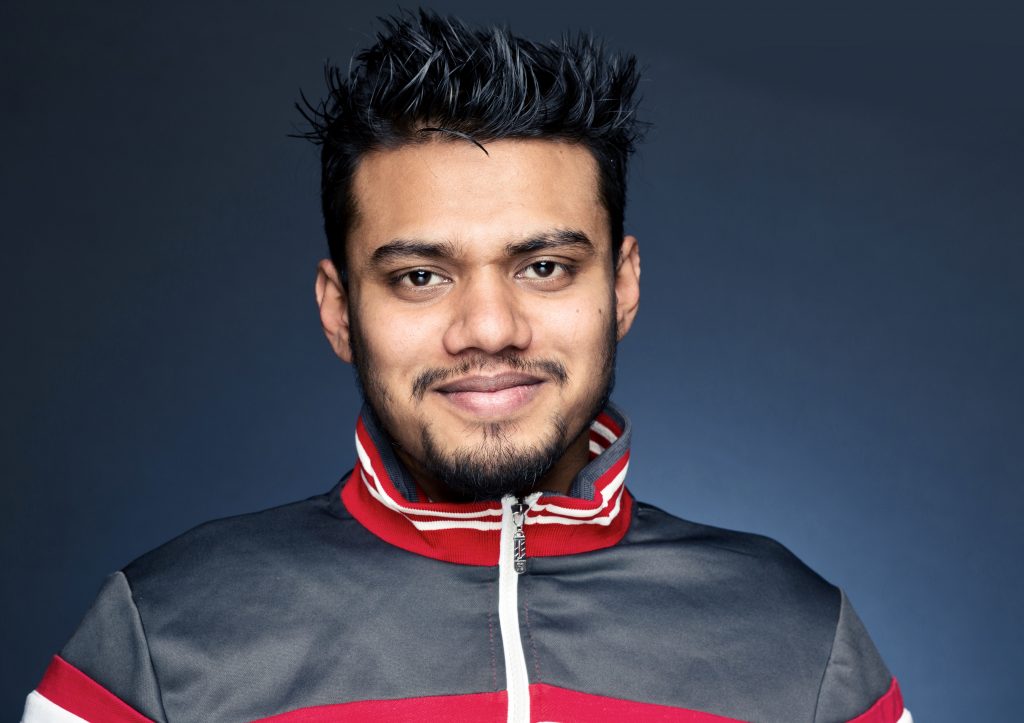
Despite holding a BSc in Electrical and Electronic Engineering from Southeast University, Mazharul Islam Shuvo’s true passion lies in the fantastical worlds of gaming, animation, and visual effects. He was fueled by childhood wonder sparked by the Harry Potter films to take matters into his own hands. Lacking formal VFX education in Bangladesh, Shuvo, who hails from Bogura, learned the ropes from his cousin who ran an advertising firm. Eventually, he delved into international online courses, paving his path to becoming a skilled digital compositor, working remotely for Ingenuity Studios, Los Angeles, today. He has worked on projects like Young Rock (2021), Godfather of Harlem (2019), Outer Banks (2020), Poker Face (2023), Joy Ride (2023), The Night Agent (2023), and Are You There God? It’s Me, Margaret (2023), among many others.
Shuvo’s engineering background honed his coding and math skills, which he regularly puts to good use in his VFX work. During his time at Dhaka’s Cycore Studios, he worked on the Bangladeshi animation film Tomorrow, which won the award for Best Animation Film at the Cannes World Film Festival in August 2021. He was the only digital compositor of that film.
With that said, Shuvo’s initial years were marked by the yearning for bigger opportunities and the conflicting desire to stay close to his parents. Luckily for him, the pandemic opened doors to remote work. “I applied for jobs in over 50 international studios through LinkedIn, but was rejected by every one of them,” he shares. “However, I’m driven by a hunger to learn and a work ethic that won’t quit. So every stumble became a stepping stone, leading me to refine my skills.”
Working from Bangladesh for a Los Angeles-based company, it took Shuvo some time to adjust his sleep schedule. Watching his American colleagues makes him realise how seriously they take their work and want to bring that same level of detail and passion to his own country’s visual effects scene. “Bangladesh doesn’t have the training or equipment artists need, and often just gets the bare minimum for special effects, sometimes even hiring people from India,” says Shuvo. “But I am hopeful. We have amazing artists who could really go places with the right tools and support.”
Kamrul Hasan Jisan

Growing up in a cultural family in Laksham, Kamrul Hasan Jisan’s fascination with visual arts blossomed when he saw the majestic graphics of The Lord of the Rings in 2002. While he dreamt of becoming a director, he started with local graphic design courses, then honed his skills through practice and YouTube tutorials, even tackling 3D animation despite limited resources. In 2010, while pursuing his BSc in Computer Science and Engineering from Ahsanullah University of Science and Technology, he started earning money through photography and graphic design. A chance opportunity in 2012 landed him his first full-time job as a motion graphics designer, even though he was entirely new to the field. He embraced the challenge, learning the basics overnight from YouTube.
In 2016, he arrived in the United States of America with his family and secured a job as a graphic designer at a New York newspaper. But his heart belonged to cinema, and a year later, he made the bold move to Los Angeles. “With the pandemic lockdown presenting an unexpected opportunity, I left my newspaper job, immersed myself in learning more about motion graphics, and decided to try my luck in Hollywood. I watched video tutorials, read articles and books, evaluated movies, and mastered industry-standard software like After Effects and Cinema 4D,” shares Jisan. His dedication finally paid off when his showreel landed him a motion graphics designer position at Wild Card Creative in 2021.
“Our work involves creating teasers and trailers, distributed across social media platforms like Facebook, Instagram, TikTok, YouTube, Snapchat, as well as in theatres and on television,” Jisan elaborates.
Among his extensive portfolio are the trailers for more than 150 projects, including The Batman (2022), The Lord of the Rings: The Rings of Power (2022), Avatar: The Way of Water (2022), Doctor Strange in the Multiverse of Madness (2022), and Killers of the Flower Moon (2023), to name a few.
Trailers that he worked on have earned recognition, receiving both Cilo and Golden Trailer Awards.
He views working on the trailers for West Side Story (2021), directed by Steven Spielberg, and Indiana Jones and the Dial of Destiny (2023) and Masters of the Air (2024), both executive produced by Spielberg, as a career highlight.
“The demanding task of crafting trailers for West Side Story involved extensive hours, with daily office stints lasting 16 to 17 hours, and one night stretching until 4 in the morning. The exhaustion was alleviated by a heartwarming gesture – I, being a part of the motion graphics team of the film, received a surprise delivery the next day, a basket of chocolates and snacks, accompanied by a thank-you note as well as an email from Spielberg himself,” Jisan reflects. “For me, he is a god of cinema, so those gifts were really special.”
Highlighting the evolving landscape of motion graphics design with the rise of Artificial Intelligence (AI), he points out, “As AI systems become more proficient in tasks like animation or rendering, there is a fear that some routine aspects of a motion graphics designer’s job could be taken over by machines. Designers have to be technologically adept to stay current with the latest advancements.”
While still aiming for a directing career, Jisan humbly acknowledges the opportunity to contribute to major Hollywood films, especially considering his roots in Laksham.
Afsara Tasnim Alvee
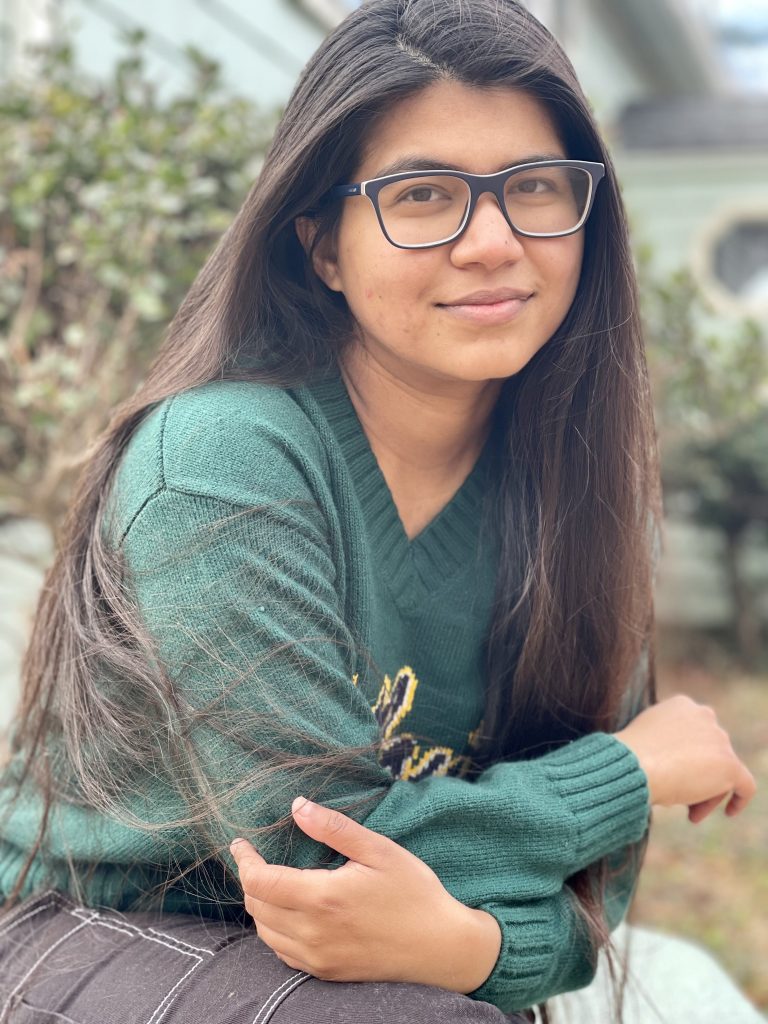
Starting out as an intern at Sony Pictures Entertainment, Afsara Tasnim Alvee is now one of their assistant editors and a member of the Motion Pictures Editors Guild. Her parents unwittingly laid the foundation for her love of storytelling by introducing her to films of Satyajit Ray and Humayun Ahmed when she was quite young. An avid fan of Marvel Comics, she watched Sam Raimi’s Spider-Man (2002) for the first time when she was in the seventh grade, and fell in love.
Alvee has a BA in Media Arts Production from Emerson College. Describing a typical day at work, she highlighted the varied tasks involved in post-production, emphasising the constant collaboration with different departments. The most rewarding aspect for her is witnessing the impact of the movies and seeing her name on the credits, proudly representing Bangladesh in a predominantly non-diverse industry.
“Being the only woman of colour in the workplace, in most cases, is hard, if I am being honest. I have to prove myself everyday, and work twice as hard as others. You have to have a thick skin, and cannot take people’s words personally. I have had to explain to people where Bangladesh is located on many occasions. At the same time, I earned a lot of respect from the teams that I worked with,” she says.
From her internship at Sony Pictures Entertainment to her roles as a post-production assistant on Fatherhood (2021), Morbius (2022), and Obi-Wan Kenobi (2022), she is proud of all the projects she has been a part of.
Working closely with Academy Award-winning editor Pietro Scalia and Emmy-winning editor Kelley Dixon significantly influenced Alvee’s approach to post-production work. Currently collaborating with Dan Labental, who edited films like Iron Man (2008), Iron Man 2 (2010), Spider-Man: Homecoming (2017), and Spider-Man: Far from Home (2019), among many others, she emphasised the impact experienced editors have on elevating storytelling.
“I have always given my 200 percent to anything I do; no matter how hard it gets, I never lose hope. I have had that attitude since school. Landing an internship at Sony Pictures Entertainment was a dream come true. I tried to learn about the post-production process as much as I could, keeping my head down and listening to my supervisors. Despite the fact that we were not allowed on the sound stage due to Covid-19 restrictions, Scalia ensured that I got to experience the sound mixing process. I spent a lot of time learning from Academy Award-winning sound mixer Kevin O’ Connell, who worked on Spider-Man, Venom (2018), and many other films that I grew up watching, as well as Julian Slater, who worked on Baby Driver (2017) and Men in Black: International (2019), and Jim May, who is the editor of Bloodshot (2020),” she adds. “Before I even finished my internship and graduation, I was surprised with a post-production assistant position at the company, when I never thought I could work on films straight out of college. Paul Weitz, the director of Fatherhood, is one of the kindest and humblest people I have ever met. Even though I was his assistant, he sought my opinions after screenings, wanting to know what I thought of different storylines.”
Alvee’s advice to aspiring filmmakers is rooted in self-belief and perseverance, encouraging them to pursue their dreams regardless of background.
She has worked on V/H/S 99 (2022) as an online assistant editor, on The Muppets Mayhem (2023) as an assistant VFX editor, and on Guy’s Grocery Games (2013) and Tournament of the Champion (2020) as an assistant editor. Her hopes for the future include becoming an editor like her inspirations and working on iconic projects, such as Spider-Man, showcasing her passion for the industry’s collaborative and intricate process.
Photographs: Collected
